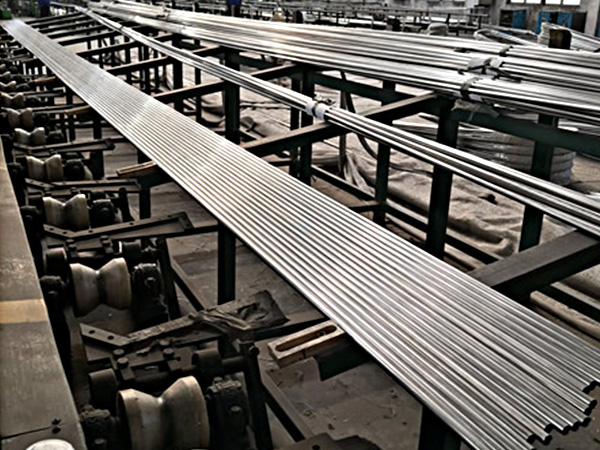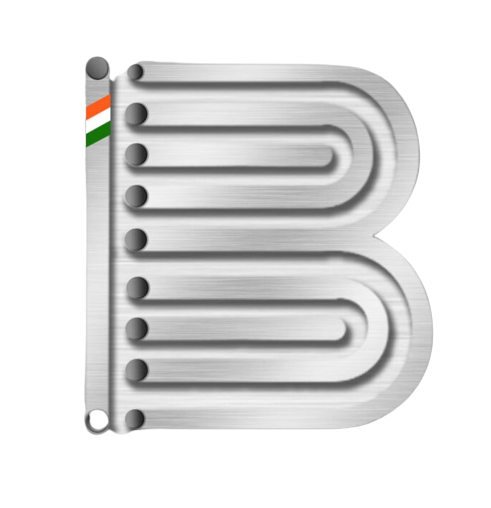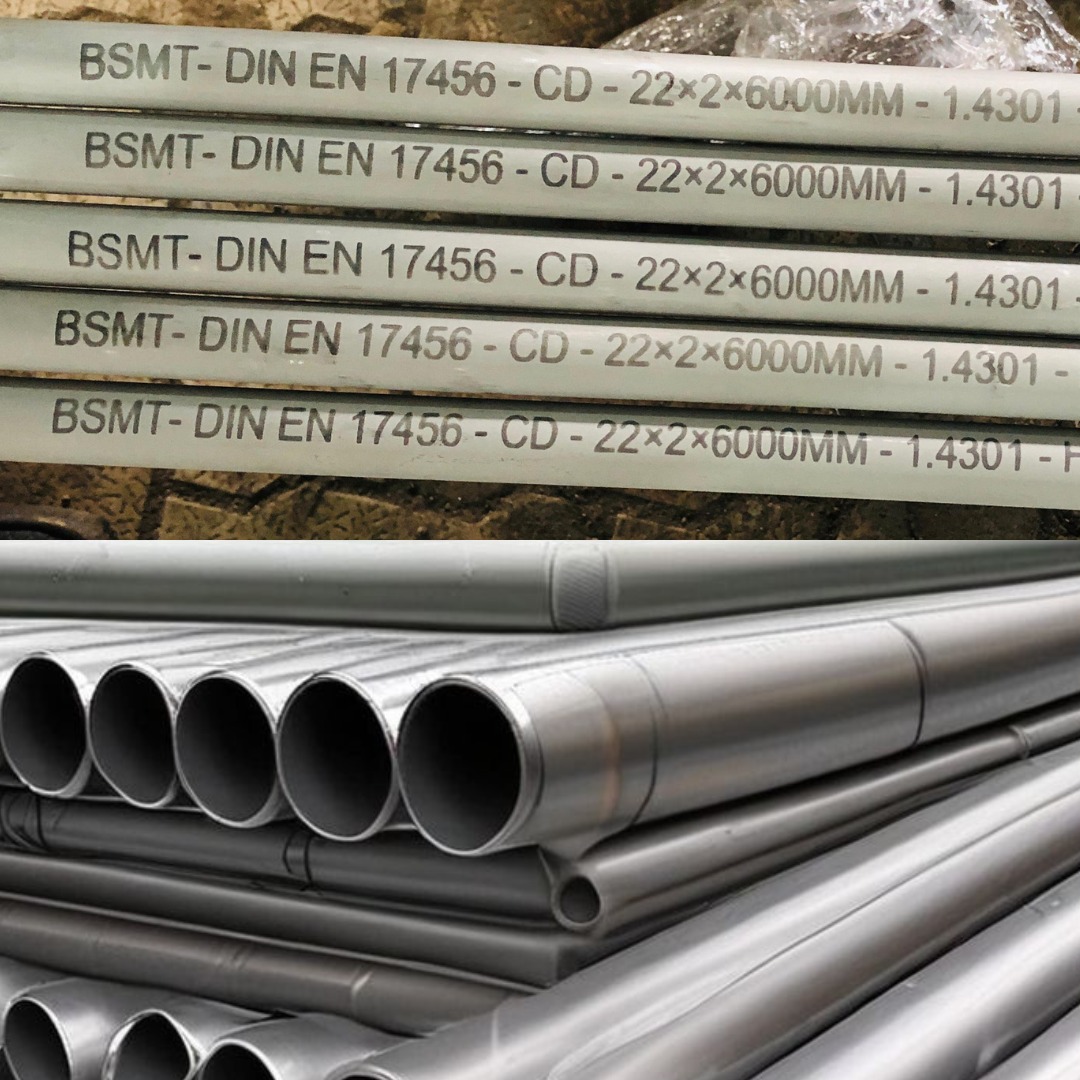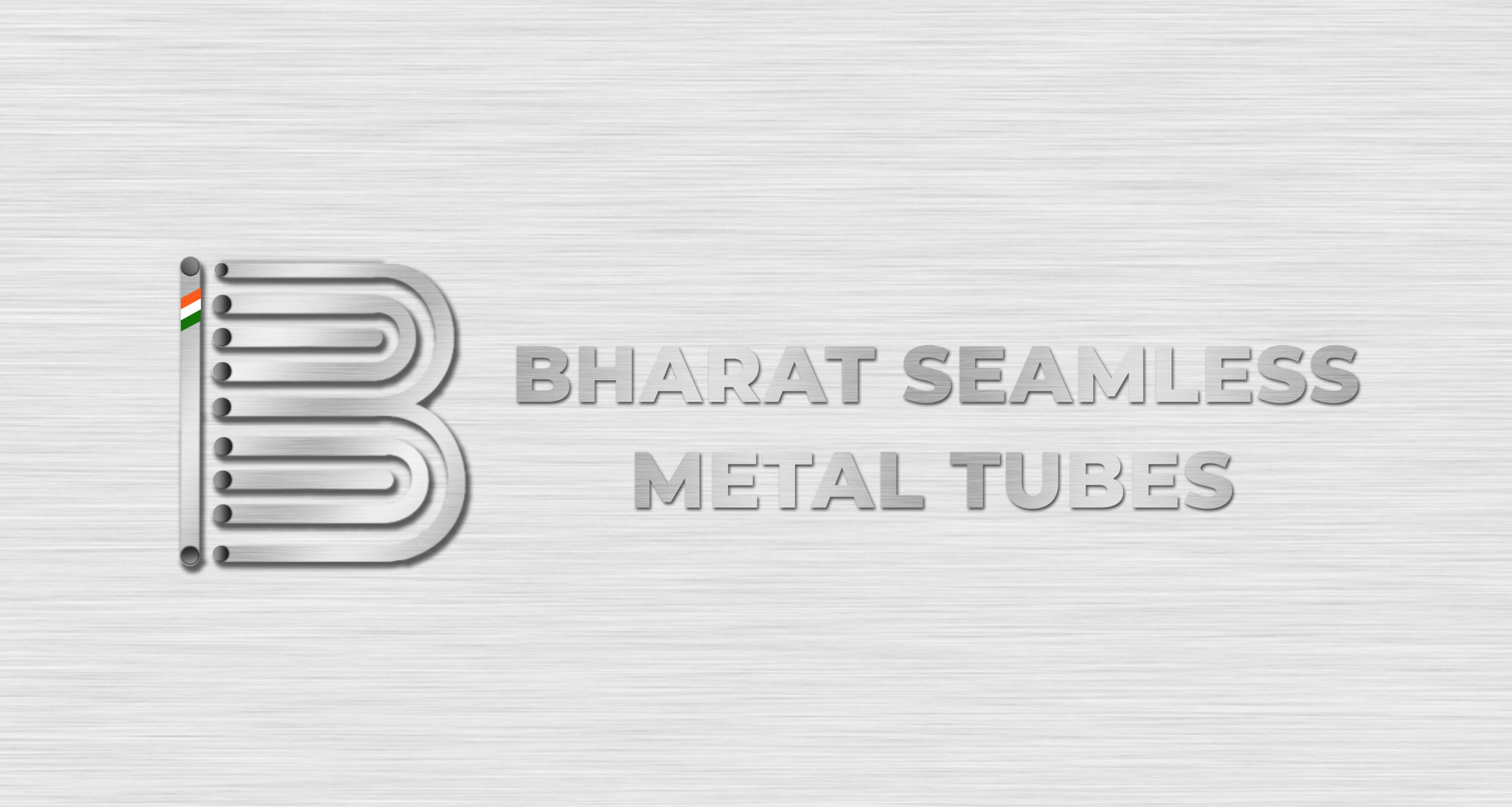Introduction:
Seamless tubes are a fundamental component in various industries. The evolution of seamless tube technology has been a fascinating journey, marked by continuous innovation and advancements in manufacturing processes. In this blog, we’ll explore how seamless tube technology has evolved from traditional methods to cutting-edge processes, revolutionising industries along the way.Bsmt also uses cutting edge processes for manufacturing of seamless tubes and pipes.

Traditional Methods:
Historically, seamless tubes were primarily manufactured using traditional methods such as the Mannesmann process, which involved piercing a solid billet to create a hollow tube. While effective, these methods had limitations in terms of size, efficiency, and quality control. Production was slower, and achieving precise dimensions was challenging.
Advancements in Seamless Tube Manufacturing:
The advent of new technologies and manufacturing processes revolutionised seamless tube production. One significant advancement was the introduction of the extrusion process, where a heated billet is forced through a die to produce a seamless tube. This method allowed for greater control over dimensions, improved surface finish, and increased production rates.
Another milestone in seamless tube technology was the development of the cold drawing process. Cold drawing involves pulling a seamless tube through a series of dies to achieve precise dimensions and superior surface quality. This method not only improved the mechanical properties of the tubes but also enabled the production of complex shapes and sizes.
Cutting-Edge Processes:
In recent years, cutting-edge processes such as rotary piercing, floating mandrel mill, and continuous casting have further pushed the boundaries of seamless tube manufacturing. These processes offer enhanced efficiency, tighter tolerances, and the ability to produce tubes with exotic materials and intricate geometries.
Rotary piercing involves rotating a solid billet against a stationary mandrel to create a seamless tube. This process allows for high-speed production and excellent dimensional control. Similarly, the floating mandrel mill utilises a mandrel inside the tube during rolling to ensure consistent wall thickness and improved surface finish.
Continuous casting is another innovative process that has gained traction in seamless tube manufacturing. It involves continuously pouring molten metal into a water-cooled mould, resulting in a solid billet with minimal defects. This method offers greater flexibility in terms of material selection and can produce seamless tubes with larger diameters and lengths.
Conclusion:
From traditional methods to cutting-edge processes, the evolution of seamless tube technology has been driven by a relentless pursuit of innovation and excellence. Today, seamless tubes are produced with unprecedented precision, quality, and efficiency, enabling industries to achieve new heights of performance and reliability. As technology continues to advance, the future of seamless tube manufacturing holds even more exciting possibilities, promising further advancements in materials, processes, and applications.
For further information or enquiry email us -bsmtindia1@gmail.com



